State of the Union: New Economics of Energy Production Tilts Obama’s “All-of-the-Above” Strategy One Way
In the era of deficit and disinvestment, water-intensive fossil fuel production is overwhelming the water-sipping clean energy sector.
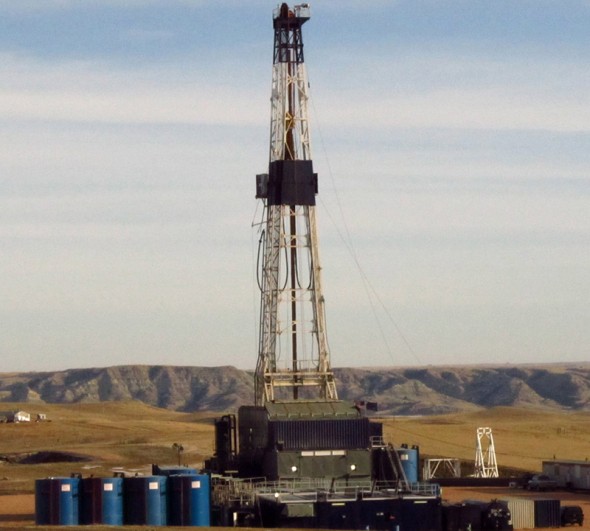
By Keith Schneider
Circle of Blue
Four years ago, when he campaigned for the office he now holds, Barack Obama described the urgent need to pursue clean energy development because of a grave and persistent problem: demand and prices for oil were rising, along with national and economic security risks tied to ever higher imports. Supplies of domestically produced fuel, meanwhile, were falling.
Last night, as the president defined in the State of the Union the basic outlines of an “all-out, all-of-the-above strategy that develops every available source of American energy,” the country greeted much different conditions. Domestic production of oil and natural gas is now climbing rapidly. Demand is going down. Imports are steadily declining. Prices have steadied.
— President Barack Obama
2012 State of the Union Address
The result is that while President Obama still presses for more sources of cleaner energy — “I’m directing my administration to allow the development of clean energy on enough public land to power 3 million homes,” he said — the allure of pursuing them is not nearly so keen. Summed up, the surge in fossil fuel production has indeed produced an economic reprieve, but one that is exceedingly risky for the land and water, and one that could well turn out to be a surrender to the future.
Here’s why.
Soaring Fossil Fuels
Horizontal drilling technology coupled with high-pressure water blasting — much of it developed with the help of federal research grants — has opened deep beds of hydrocarbon-rich shales all over the country to oil and natural gas production. An energy boom has erupted in eight Great Plains states and three mid-Atlantic states, plus Louisiana and California.
In 2011, according to the Energy Information Administration (EIA), production of natural gas from deep shales reached 18 billion cubic meters (630 billion cubic feet) per month, one-third of total U.S. natural gas production and 17 times more than in 2000. Last year, U.S. oil production reached almost 6 million barrels per day, and, for the first time since the 1970s, domestic oil production had risen for three straight years.
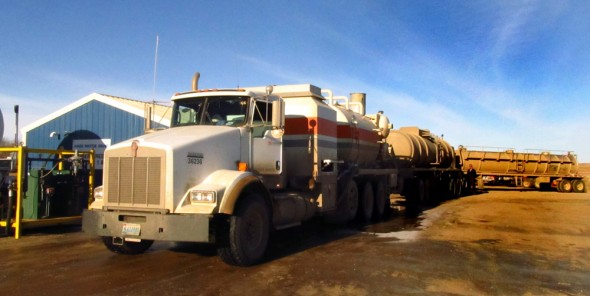
“Right now — right now — American oil production is the highest that it’s been in eight years. That’s right — eight years,” said the president. “Not only that — last year, we relied less on foreign oil than in any of the past 16 years.”
The other side of the president’s plan — building a bridge to a new era of cleaner energy sources — is unfolding at a much slower pace. Last year, according to the American Wind Energy Association, almost 7,000 megawatts of wind energy capacity was constructed in the U.S., 31 percent more than in 2010, but China in 2011 built over 14,000 megawatts, or twice as much wind generating capacity.
Troubled Clean Energy
It takes big and consistent federal and state investment in wind, solar, cellulosic biofuels, geothermal, nuclear energy, clean automobiles, trains, and energy-efficient buildings to give innovators and entrepreneurs a solid grip in the cleaner economy. In the era of deficit and disinvestment that describes the political conditions currently at work in Washington, D.C., and most state capitals, lawmakers — supported by the fossil fuel sector — have expressed no enthusiasm for making those investments.
The arguments for pursuing wind, solar, and other cleaner sources of energy make a lot of sense, as do reasons for being more cautious about the consequences of oil and gas production.
The use of water is a good starting point.
Much of the nation’s shale oil and shale gas development is occurring on the arid Great Plains, where drillers require 7,500 to 19,000 cubic meters (2 million to 5 million gallons) of water to hydrofracture each well. In a region where competition for water is fierce, water managers are not sure where the supply for thousands of new wells a year will come from.
— Henry Jacoby
MIT’s Joint Program on the Science and Policy of Global Change
In addition, much of the water that goes down each well has to be brought back to the surface and then disposed of safely, because it contains chemical contaminants. States are only now considering requirements for wastewater disposal from shale oil and shale gas fields. Later this year, the Environmental Protection Agency (EPA) is expected to come out with its preliminary assessment on the risks of fracking. The final analysis will be released in 2014.
Contrast that with generating power from solar photovoltaic and wind energy installations, which require essentially no water to operate. Or generating fuel from switch grass and other sources of plant-based fuel that can be grown on marginal lands and don’t need to be irrigated.
Big clean energy projects, though, are proceeding fitfully as they face mounting price competition in energy markets due to the surge in domestic oil and gas production.
Clean energy projects also confront serious opposition at the grassroots across the country. As Circle of Blue writer Brett Walton will report later this week, one such fight over constructing solar plants is currently taking place in Colorado’s San Luis Valley, which has been identified by the Obama administration as one of the 17 most favorable places in the U.S. to develop solar energy on federal land.
Reprieve or Surrender
In effect, the economic reprieve that is being fostered by new domestic oil and gas production could easily turn out to be a devastating surrender to the future.
Massachusetts Institute of Technology researchers have evaluated the effects of rising shale gas production on clean energy innovation and, in a report earlier this month, reached much the same conclusion.
“People speak of [natural] gas as a bridge to the future, but there had better be something at the other end of the bridge,” said Henry Jacoby, co-director emeritus of MIT’s Joint Program on the Science and Policy of Global Change, and co-author the MIT Energy Initiative’s The Future of Natural Gas.
Circle of Blue’s senior editor and chief correspondent based in Traverse City, Michigan. He has reported on the contest for energy, food, and water in the era of climate change from six continents. Contact
Keith Schneider

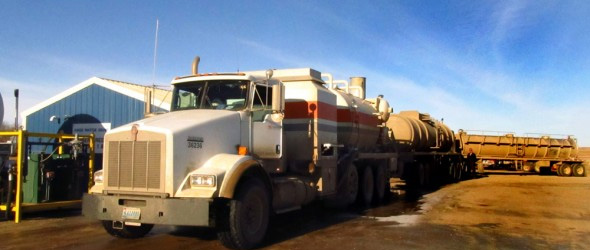


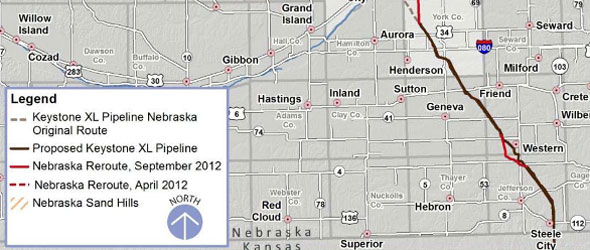

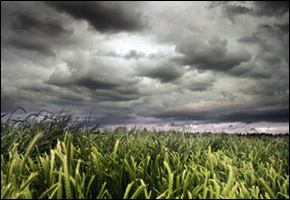


Thank you for covering the big picture of oil and gas in the US.